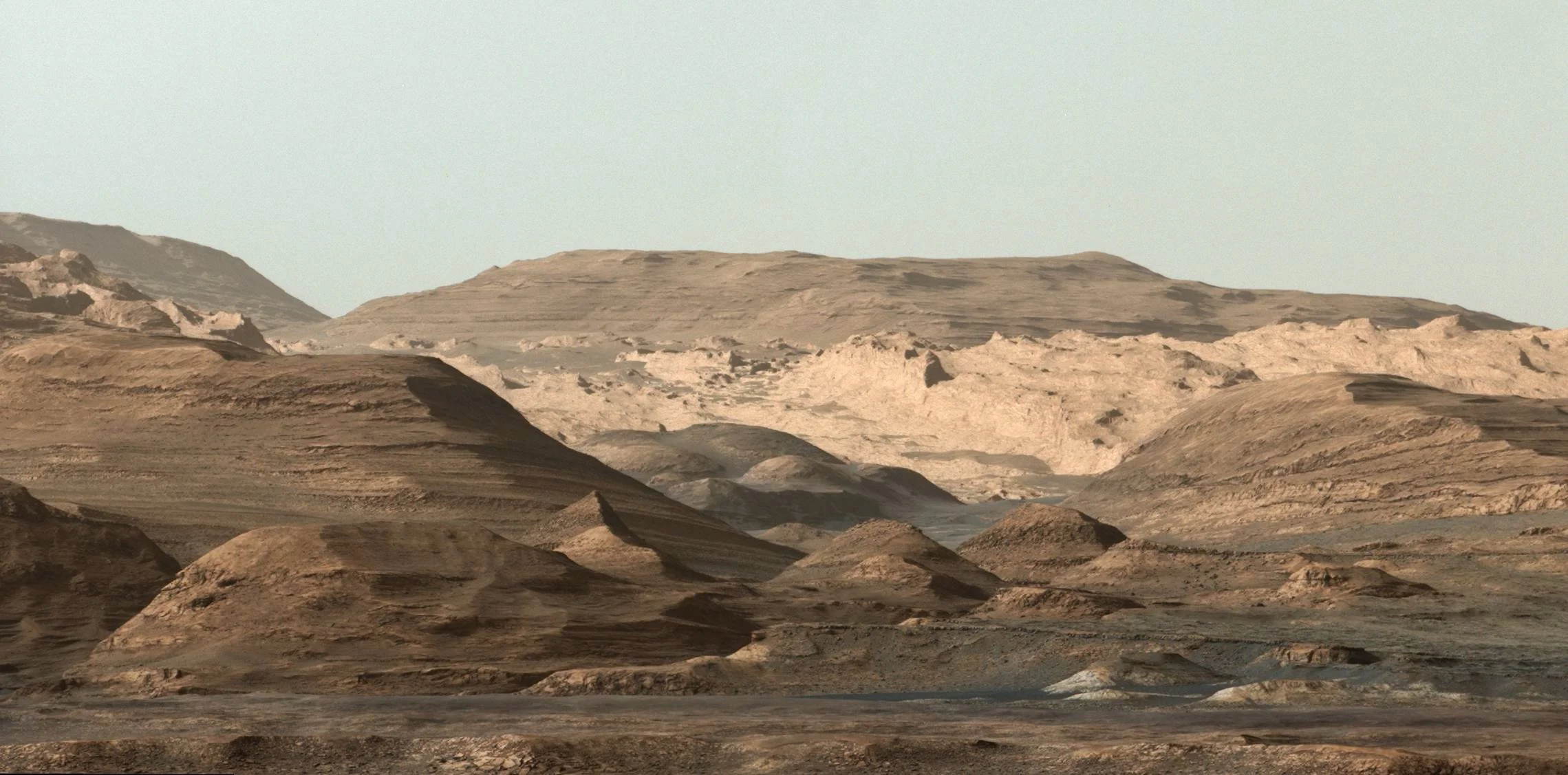Australian and British scientists looked at the impact of invasive species on climate change. Surprisingly, it turns out that one particular species, Sus scrofa (wild boar), is responsible for yearly carbon emissions equal to what 1.100.000 cars emit in the same period of time.
This article explains how this was determined and why these wild boars are responsible for so much co2 release.
New: follow us on Bluesky
Image Credit: WildMedia via Shutterstock / HDR tune by Universal-Sci
As explained in the intro, the researchers took a look at a species called Sus scrofa or wild boar/swine. They utilized high-level mapping techniques and predictive population models to determine the impact these wild pigs have across the entire planet. The team published their findings in the science journal Global Change Biology linked below this article.
Wild boars have a long history with humans as they have been the ancestor of most domestic pig breeds. The researchers also looked at domesticated pigs that somehow ended up in the wild again. Domestic pigs were originally only found in Europe and Asia, but in recent centuries they have spread all over the world by humans and are now found in the wild on all continents except Antarctica.
Dr. Christopher O'Bryan from the University of Queensland, one of the researchers responsible for the paper, likened wild boars to tractors as they tend to plow through fields, turning over soil in search of sustenance.
O'Bryan worries that the growing amount of feral pigs can eventually become a substantial threat to the climate. It is imperative to keep in mind that most of Earth's terrestrial carbon is deposited in soil; in fact, it contains almost three times as much carbon as found in our atmosphere, and it can be released as CO2 when disturbed.
If even a tiny portion of the above-mentioned terrestrial carbon gets in our atmosphere, we are in trouble. When soils are disturbed from humans plowing a field or, in this case, from wild animals uprooting, carbon is released into the atmosphere.
To get an idea of the impact feral pigs have on global climate change, the researchers used models to determine how many could be found on different continents. Then they shifted to a study that mapped the damage caused by the animals in different landscape types over a long period of time. That information was then used to estimate the damage caused by the modeled populations.
Image Credit: Michal Kimmel via Shutterstock / HDR tune by Universal-Sci
The models depict a broad spectrum of outcomes, but they show that wild pigs are most likely currently uprooting an area of between 36,000 to 124,000 square kilometers (13,900 to 47,900 square miles) in environments where they are not a native species. A wide range but nonetheless a considerable amount of land, even on the smallest end of the range. It is estimated that all wild boars combined are releasing around 4.9 million metric tonnes of carbon dioxide each year.
University of Canterbury Ph.D. candidate Nicholas Patton said the research would have ramifications for curbing the effects of climate change into the future.
"Invasive species are a human-caused problem, so we need to acknowledge and take responsibility for their environmental and ecological implications," Mr. Patton said.
A second negative impact of these invasive boars we haven't even talked about yet is their adverse impact on food security and biodiversity.
Patton stated that it is evident that further work still needs to be done, but in the meantime, we should proceed to protect and monitor ecosystems and their soil which are susceptible to invasive species via loss of carbon.
Sources and further reading:
If you enjoy our selection of content, consider subscribing to our newsletter (Universal-Sci Weekly)
FEATURED ARTICLES:











